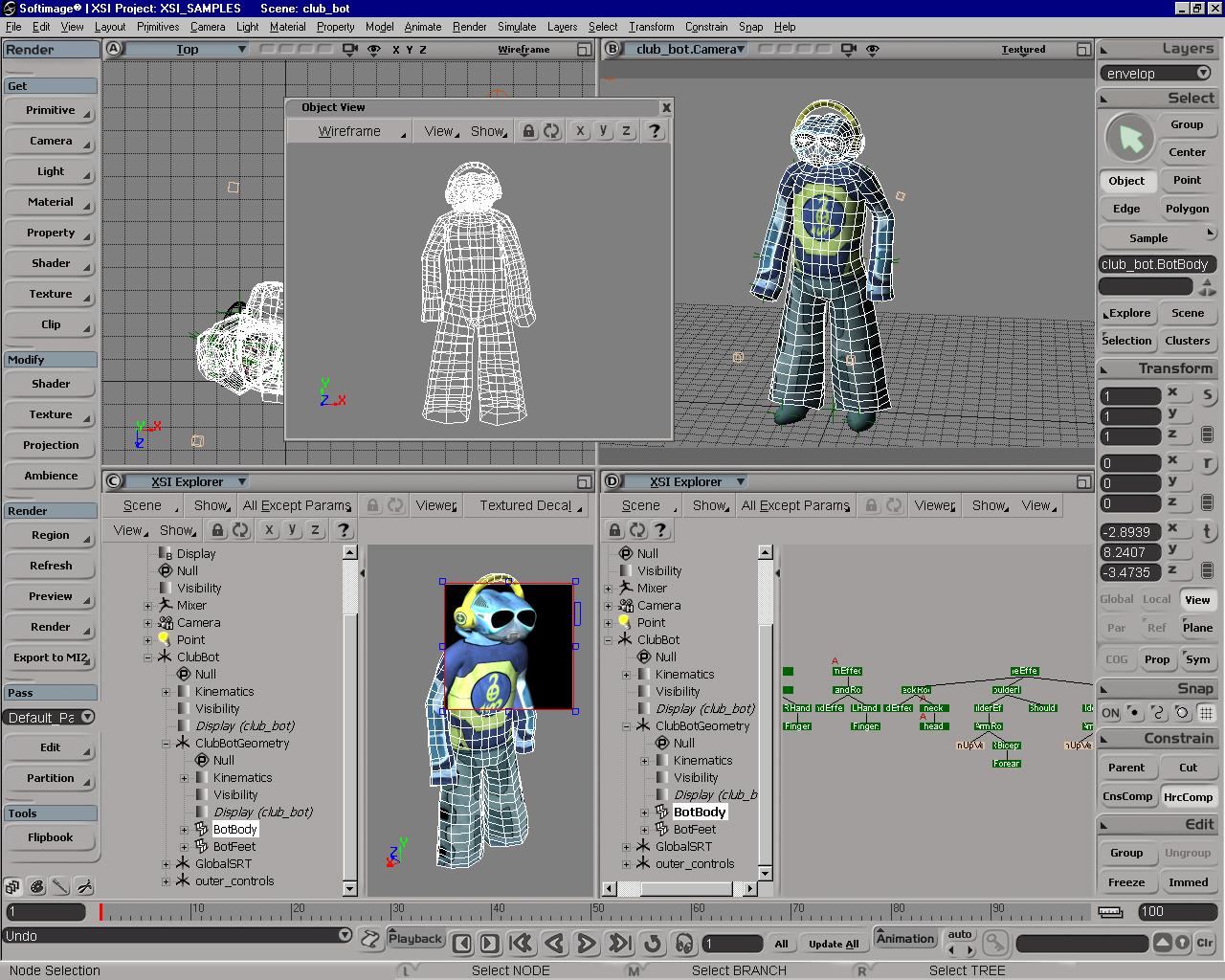
You can use these to quickly set the color, normal and distance thresholds, as well as the min/max rates. Built-in PresetsĬurrent preset - this dropdown list allows you to choose from several presets for some of the irradiance map parameters. In order to have access to these settings you must enable the calculations of Global Illumination in the GI tab of the V-Ray Options and select Irradiance Map as a primary bounces engine. The number of samples taken is determined by the Interpolation samples parameter. During rendering, for each rendered point, V-Ray takes several samples from the already complete Irradiance map and interpolates between them in order to create a smooth GI solution. The irradiance map is created on several passes - each pass adding more samples where this is needed. All additional bounces (Blue) are traced from the secondary engine. The irradiance map only traces one bounce of light. The number of traced rays is determined by the Subdivs parameter. Once this is done GI rays (Red) are traced from the samples into the scene in order to determine the illumination coming from the environment. Since the method is view-dependent the first rays (Black) are traced from the camera into the scene in order to determine the placement of the irradiance samples. The following diagram shows the way the Irradiance map is generated. During the actual rendering, V-Ray uses a sophisticated interpolation method to derive an approximation of the irradiance for all surfaces in the scene. If not, the indirect illumination for the current point is computed, and that point is stored in the irradiance map. Based on that information, V-Ray decides if the indirect illumination for the current point can be adequately interpolated from the points already in the irradiance map, or not.

if there are any objects close by, how fast the indirect illumination is varying etc). From those already computed points, V-Ray can extract various information (i.e. When an object is hit during a GI pass, V-Ray looks into the irradiance map to see if there are any points similar in position and orientation to the current one. The irradiance map is in fact a collection of points in 3d space (a point cloud) along with the computed indirect illumination at those points. The idea is to start with a low resolution (say a quarter of the resolution of the final image) and work up to the final image resolution. This is done by rendering the image several times (each rendering is called a pass) with the rendering resolution being doubled with each pass. The irradiance map is therefore built adaptively. where objects are close to each other, or in places with sharp GI shadows), and less accurately in uninteresting parts (e.g. Since not all parts of the scene have the same detail in indirect illumination, it makes sense to compute GI more accurately in the important parts (e.g. In V-Ray, the term irradiance map refers to a method of efficiently computing the diffuse surface irradiance for objects in the scene. In more simple terms, one can think of the diffuse surface irradiance as being the visible color of a surface, if we assume that its material is purely white and diffuse. The second restriction is that of diffuse surface irradiance - which is the total amount of light arriving at a given surface point, disregarding the direction from which it comes. This is a natural restriction since we are usually interested in the illumination of objects in the scene, and objects are usually defined through their surface. The first is the surface irradiance - which is the irradiance arriving at points which lie on the surface of objects in the scene.

However, there are two useful restrictions that can be made. In general, irradiance is different in every point and in every direction. Irradiance is a function defined for any point in the 3D space and represents the light arriving at this point from all possible directions. Some background for understanding how the irradiance map works is necessary in order to grasp the meaning of these parameters. This section is enabled only when the irradiance map is chosen as the GI method for primary diffuse bounces. This section allows the user to control and fine-tune various aspects of the irradiance map.


 0 kommentar(er)
0 kommentar(er)
